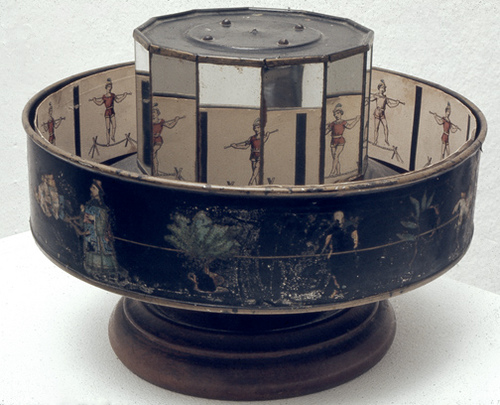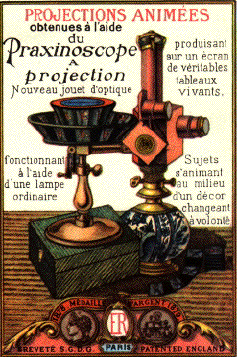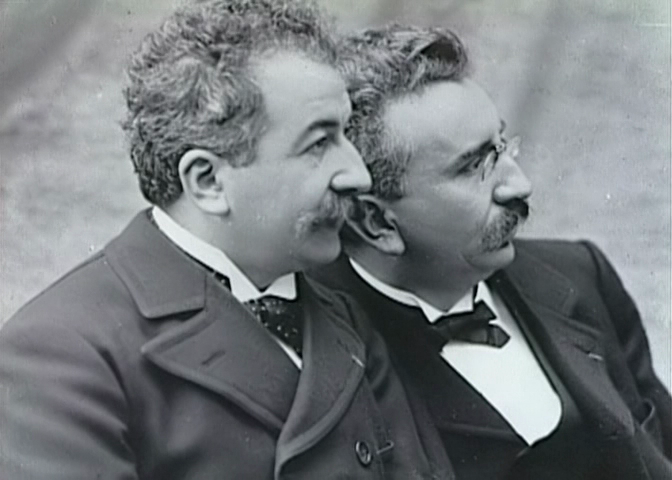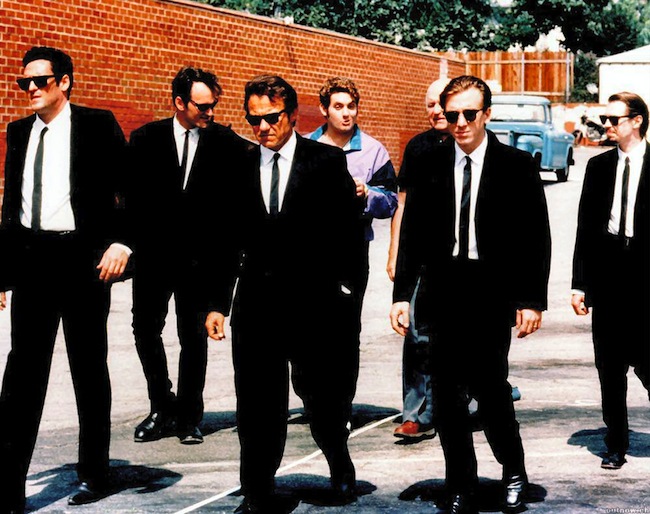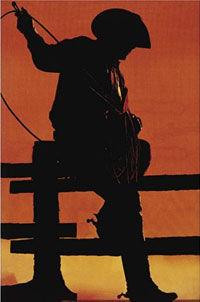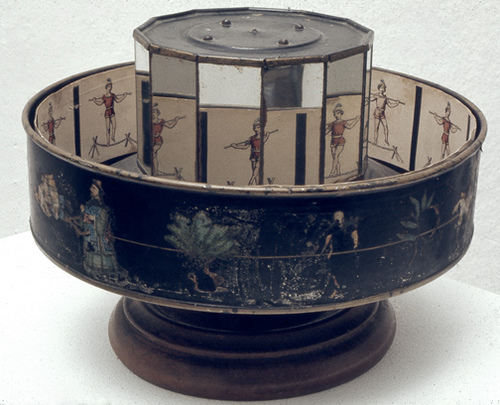Charles-Émile Reynaud was a French science teacher, responsible for the first animated films.
 He was an inventor, artist and showman, who devised the important Praxinoscope optical toy, and was the first to show cartoon ‘films’ on a public screen. Reynaud’s father was an horologist and medal engraver, and the Reynaud home was full of mysterious objects to fascinate the young Charles-Emile. His mother was an accomplished water-colourist. At fourteen, already knowledgeable in literary and scientific matters, Emile was apprenticed to a precision engineer in Paris, and later studied with the sculptor-photographer, Adam Salomon. Soon he was preparing lantern slides, photographic and hand-drawn, for the audiovisual lectures arranged by the Abbé Moigno, becoming very experienced in image projection.
He was an inventor, artist and showman, who devised the important Praxinoscope optical toy, and was the first to show cartoon ‘films’ on a public screen. Reynaud’s father was an horologist and medal engraver, and the Reynaud home was full of mysterious objects to fascinate the young Charles-Emile. His mother was an accomplished water-colourist. At fourteen, already knowledgeable in literary and scientific matters, Emile was apprenticed to a precision engineer in Paris, and later studied with the sculptor-photographer, Adam Salomon. Soon he was preparing lantern slides, photographic and hand-drawn, for the audiovisual lectures arranged by the Abbé Moigno, becoming very experienced in image projection.
In 1876 he decided to make an optical toy to amuse a young child. Improving on the Phenakistiscope and Zoetrope, Reynaud devised the Praxinoscope (patented December 1877). Consisting of a cylinder with a band of coloured images set inside, a central drum of mirrors was set exactly equidistant between the axis and mirror drum. As the toy revolved the reflection of each picture seen in the mirror drum appeared stationary. The images blended to give a clear, bright, undistorted moving picture without flicker. He produced the praxinoscope commercially, receiving an Honourable Mention in the Paris Exposition of 1878.
The following year Reynaud added a patent supplement for an improvement, the Praxinoscope Theatre. The mirror drum and cylinder were set in a wooden box with a glass-covered viewing aperture, reflecting a card printed with a background. The moving subjects – a juggler, clowns, a steeple-chase – were printed on a black band, and appeared superimposed on a suitable scene.
A further development was the Projection Praxinoscope (below), which used a series of transparent pictures on glass an oil lamp illuminated the images, and the mirror reflections passed through a lens onto a screen.The same lamp projected a static background, and once again the moving pictures were seen in an appropriate setting.
In December 1888 Reynaud patented his Theatre Optique, a large-scale Praxinoscope intended for public projection. By using spools to feed and take up the extended picture band, sequences were no longer limited to short cyclic movements.
From 1903 to 1907 Reynaud worked on a device for viewing short stereoscopic sequences of movement, the Stéreo Cinéma, which resembled a double praxiniscope arranged vertically, but it was not viable. Before his death in January 1918, in a fit of depression, he smashed the Théatre Optique mechanism and threw all but two of his picture bands into the River Seine. Reproductions of the two bands Pauvre Pierrot and Autour d’une Cabine – are today still being shown, and represent the only surviving examples of his public screen motion picture work.



